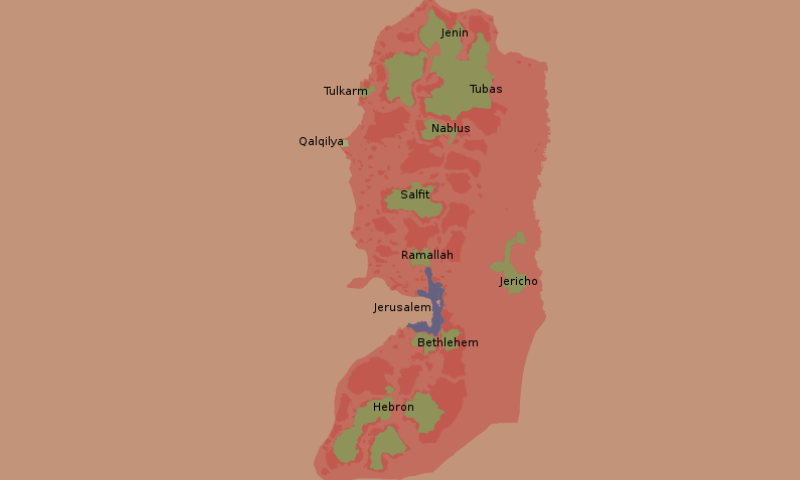Joel Singer
Joel Singer.org, June 2, 2020
“In Area C, Israel controls all internal security and public order issues, as well as civil affairs issues, except that the PA controls all civil affairs issues for the Palestinians that reside in Area C, other than those related to the management of the land.”
In January, President Donald Trump published his long-awaited plan for resolving the Israeli-Palestinian Conflict: “Peace to Prosperity: A Vision to Improve the Lives of the Palestinian and Israeli People.” The president’s vision calls for Israel to annex roughly 30% of the West Bank – half of Area C – with Areas A, B and the balance of Area C allocated to the future State of Palestine (which is also slated to receive additional land, currently a sovereign part of Israel, of roughly equal size to lands to be annexed by Israel).
Israeli Prime Minister Benjamin Netanyahu is now actively pursuing unilateral annexation of half of West Bank Area C , in accordance with Trump’s plan. In connection to this recent activity, questions have arisen: what exactly are Areas A, B and C; how they differ from one another; and how did they come into being?
This article tells the story of how I conceived the concept of dividing the West Bank into three areas, and why I named them Areas A, B and C. A modified version of this post was published in the International Negotiation Journal which can be visited by double clicking here.
Areas A, B and C – Defined
Under the Oslo Accords, the West Bank is divided into three non-contiguous areas, called Area A, Area B, and Area C. Approximately three million Palestinians live in the West Bank (Areas A, B and C combined), more than 90% of whom live in Areas A and B. Some 180,000-250,000 Palestinians live in Area C. Under the accords, Israel retained the responsibility for defending the West Bank against external threats, but all other responsibilities were allocated between Israel and the Palestinian Authority (PA), as follows: … To read the full article, click here]


